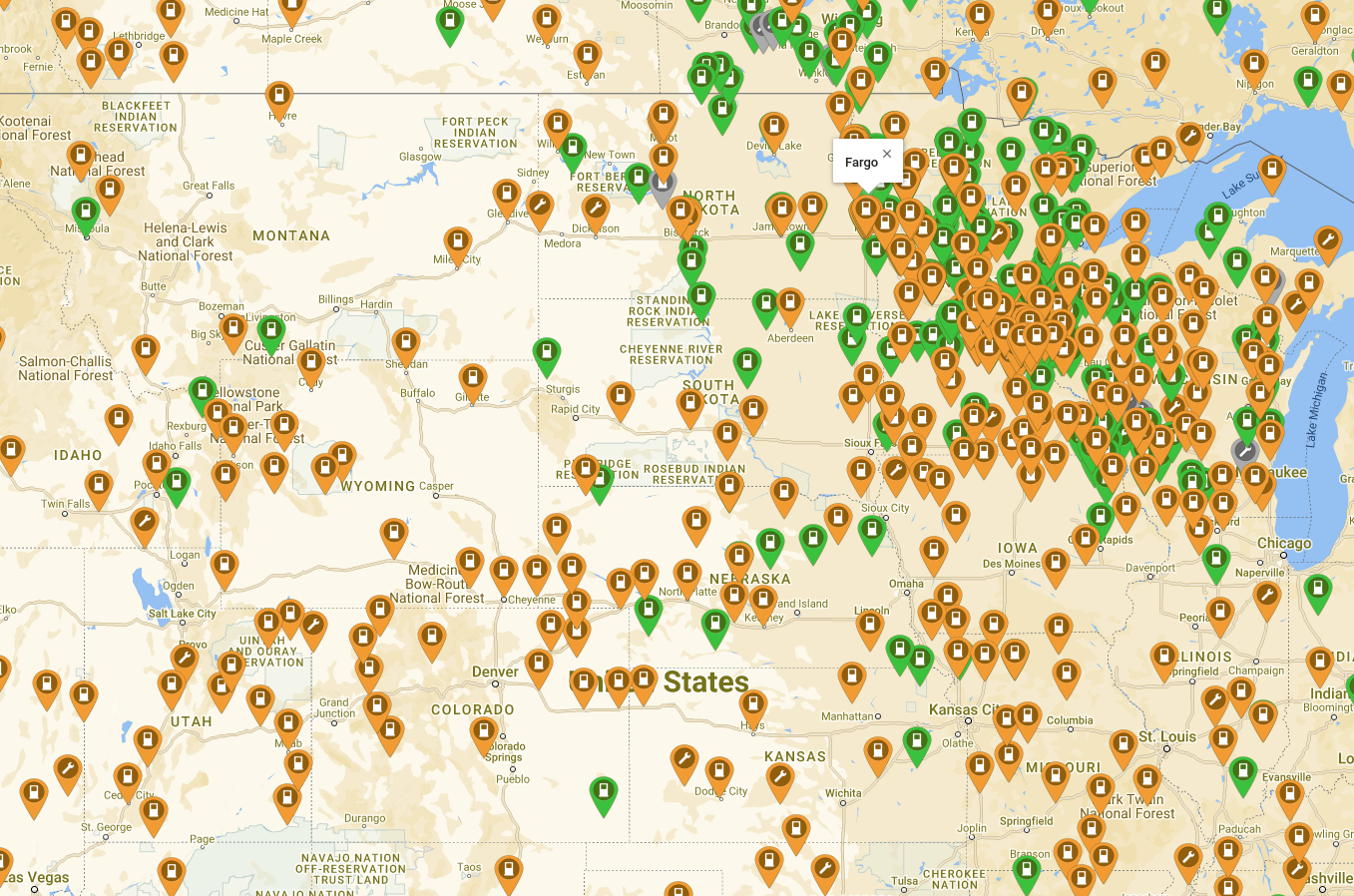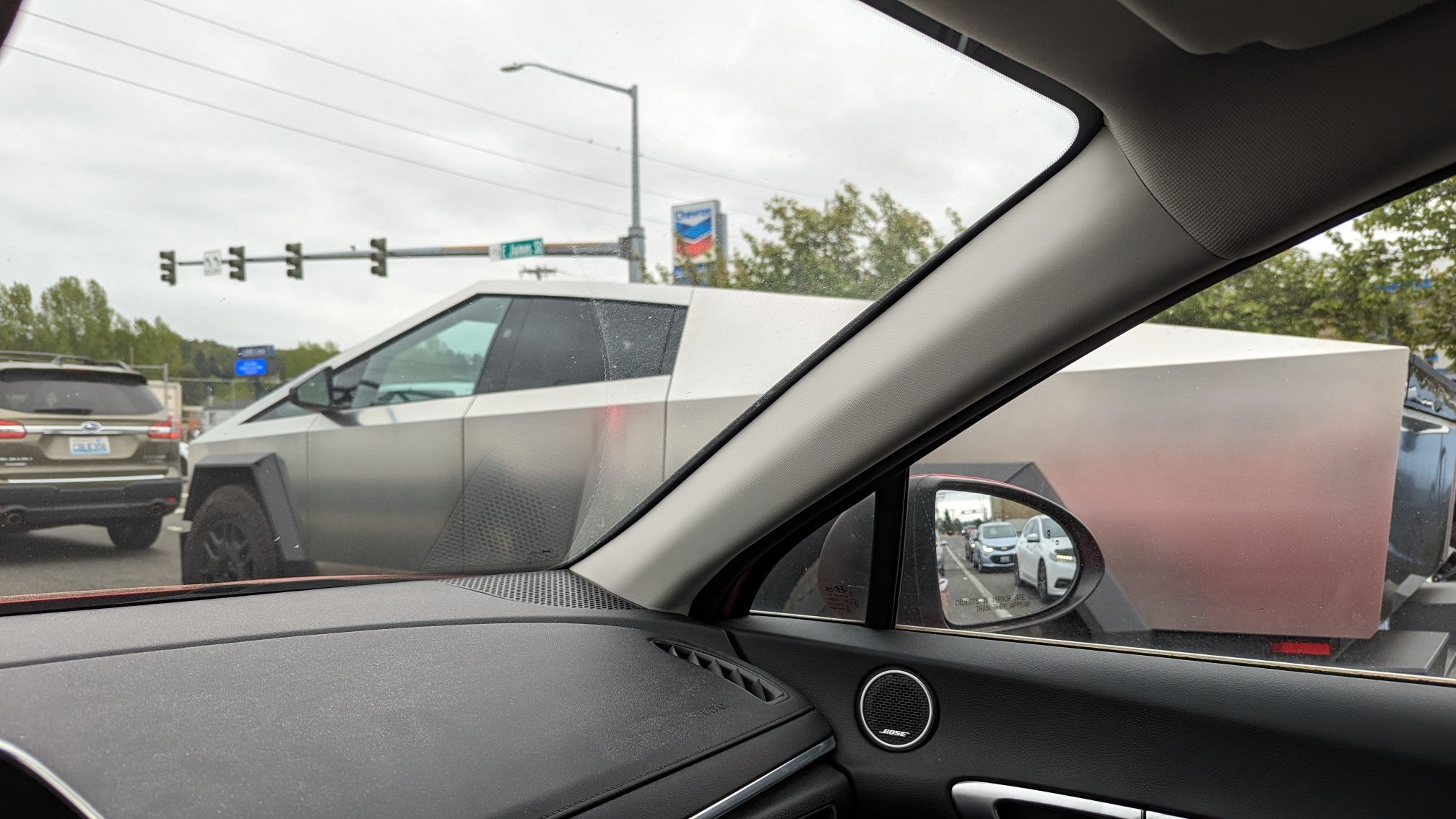https://www.washingtonpost.com/climate-solutions/2024/04/23/electric-vehicles-motorsports-formulae/
For consumers, EV range anxiety — concern about a car’s ability to go the necessary distance without recharging — is one of the factors tempering all-electric growth. In Formula E, a version of this tension defines every race.
The cars file behind the starting line with only about 60 percent of the energy they need to finish the race. If drivers go full-on, pushing the gas pedal through every turn, their allotted energy quickly peters out. So instead, they play what one driver, Jaguar’s Nick Cassidy, described as the “efficiency game.” They bunch together in a pack to cut down on wind resistance. They focus obsessively on decelerating and braking — measures that in an EV spin the motor in reverse, forcing current back into the battery. A driver’s goal — the prerequisite to winning — is to regenerate power and cross the finish line as the car’s energy ticks down to zero.
Emphasizing range and efficiency is a deliberate focal point of the sport. For every race, Formula E drivers are given energy limits lower than their actual battery capacity; they could race more all-out, if they were allowed to. And even the batteries could grow in capacity by several times, to match commercial EVs, if the sport so wished. The top road EVs can go more than 400 miles without recharging. The race in Italy was a mere 58.8 miles.
But the move to limit energy usage is meant to both entice automakers and challenge them to innovate, in service of their commercial fleets. Several years ago, after a Formula E breakthrough, Jaguar offered an over-the-air software upgrade to drivers of its I-Pace SUV. Its range immediately increased by 10 percent.
“The developments in battery technology are still so fast and developing so quickly,” said Jeff Dodds, the Formula E CEO. “The internal combustion engine is over 100 years old. So they are at the limits of the capability of that technology. We’re nowhere near that.”







































![Craft A Brew - Safale S-04 Dry Yeast - Fermentis - English Ale Dry Yeast - For English and American Ales and Hard Apple Ciders - Ingredients for Home Brewing - Beer Making Supplies - [1 Pack]](https://m.media-amazon.com/images/I/41fVGNh6JfL._SL500_.jpg)




















